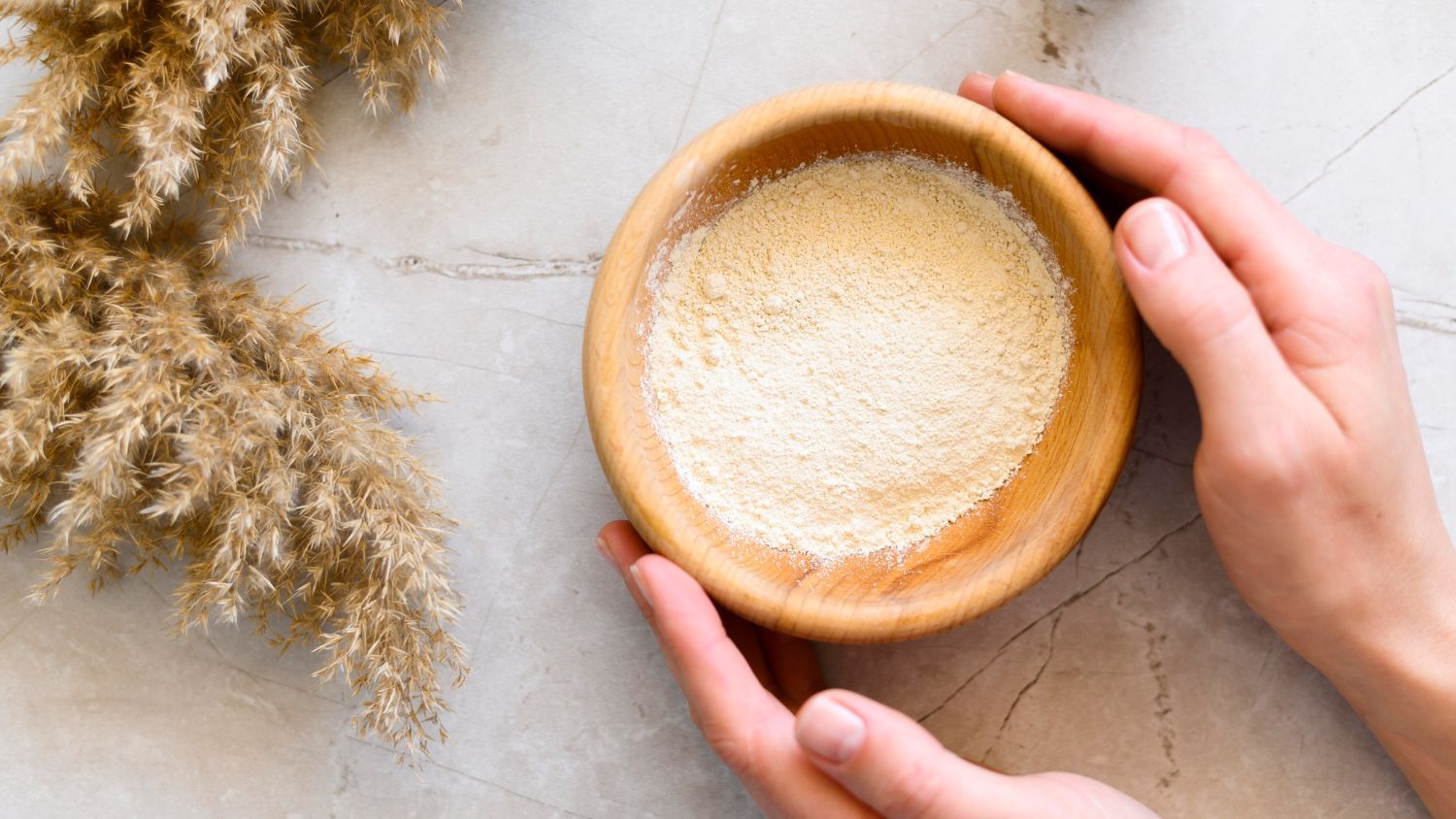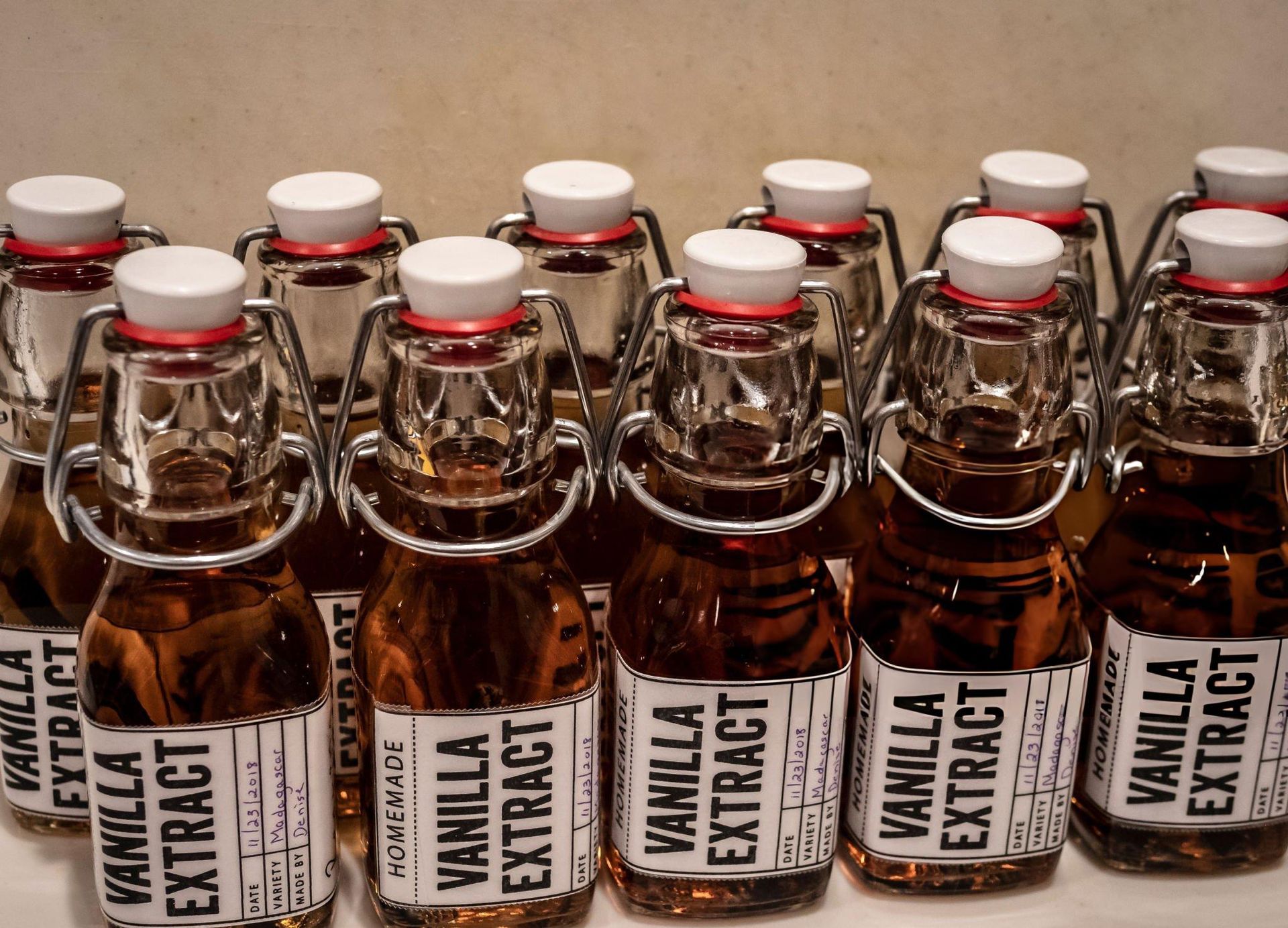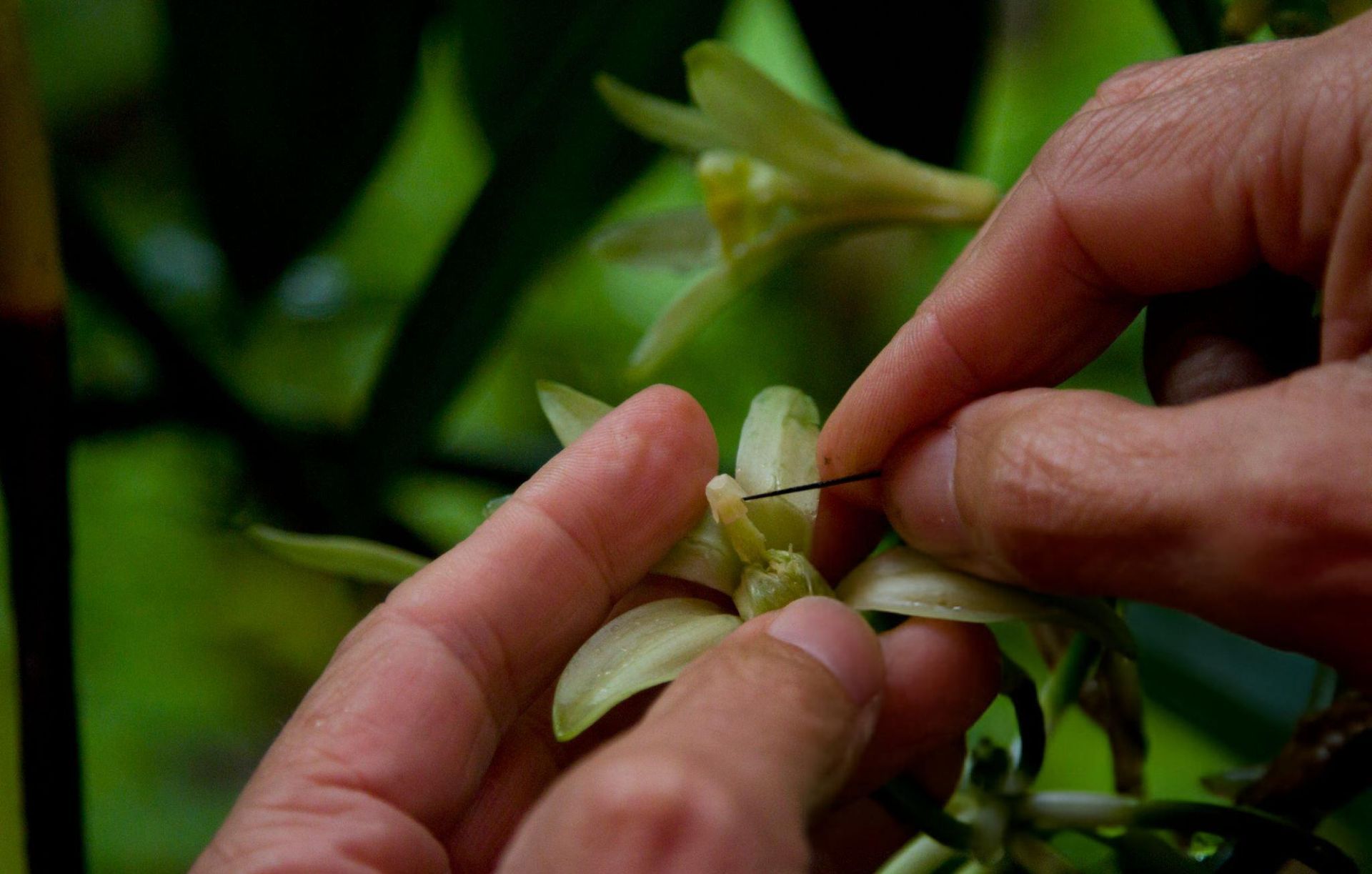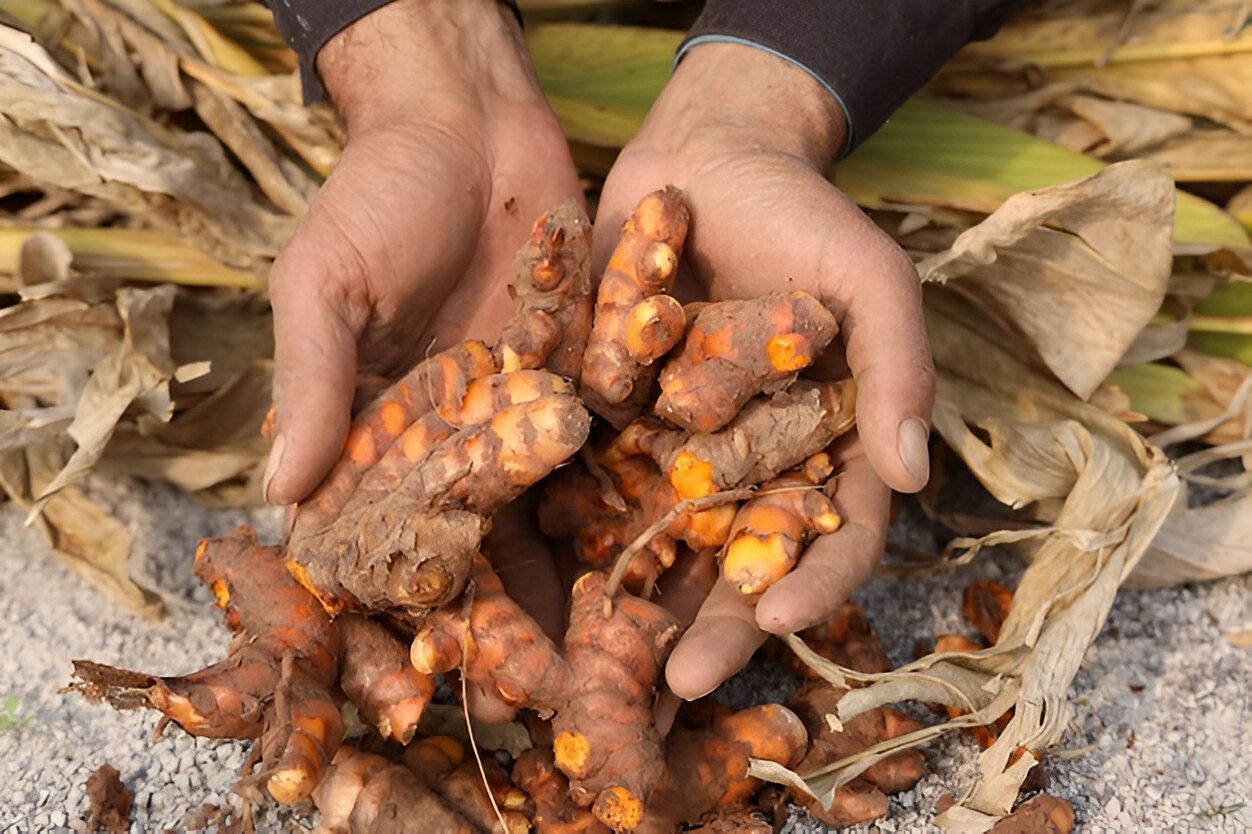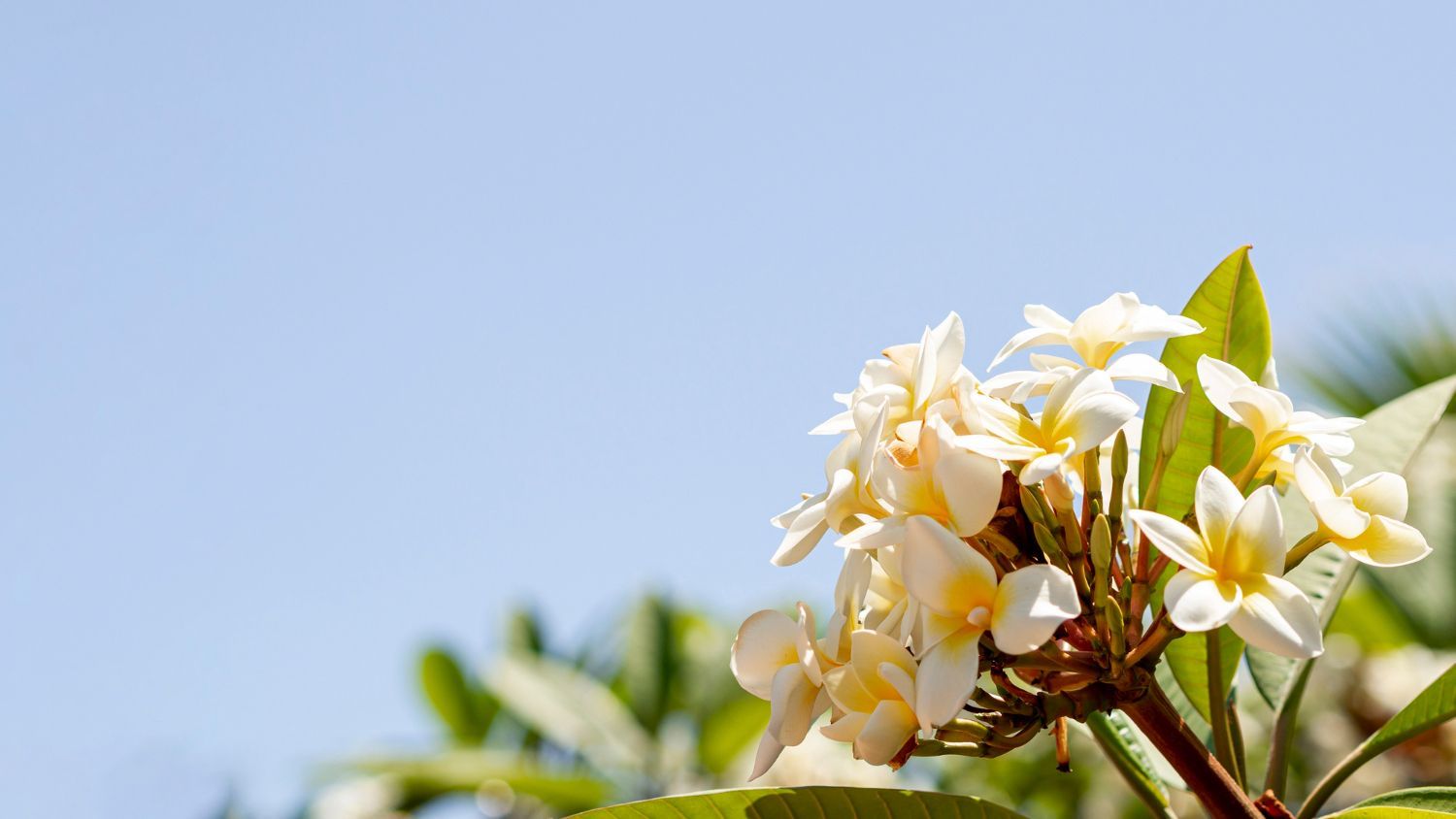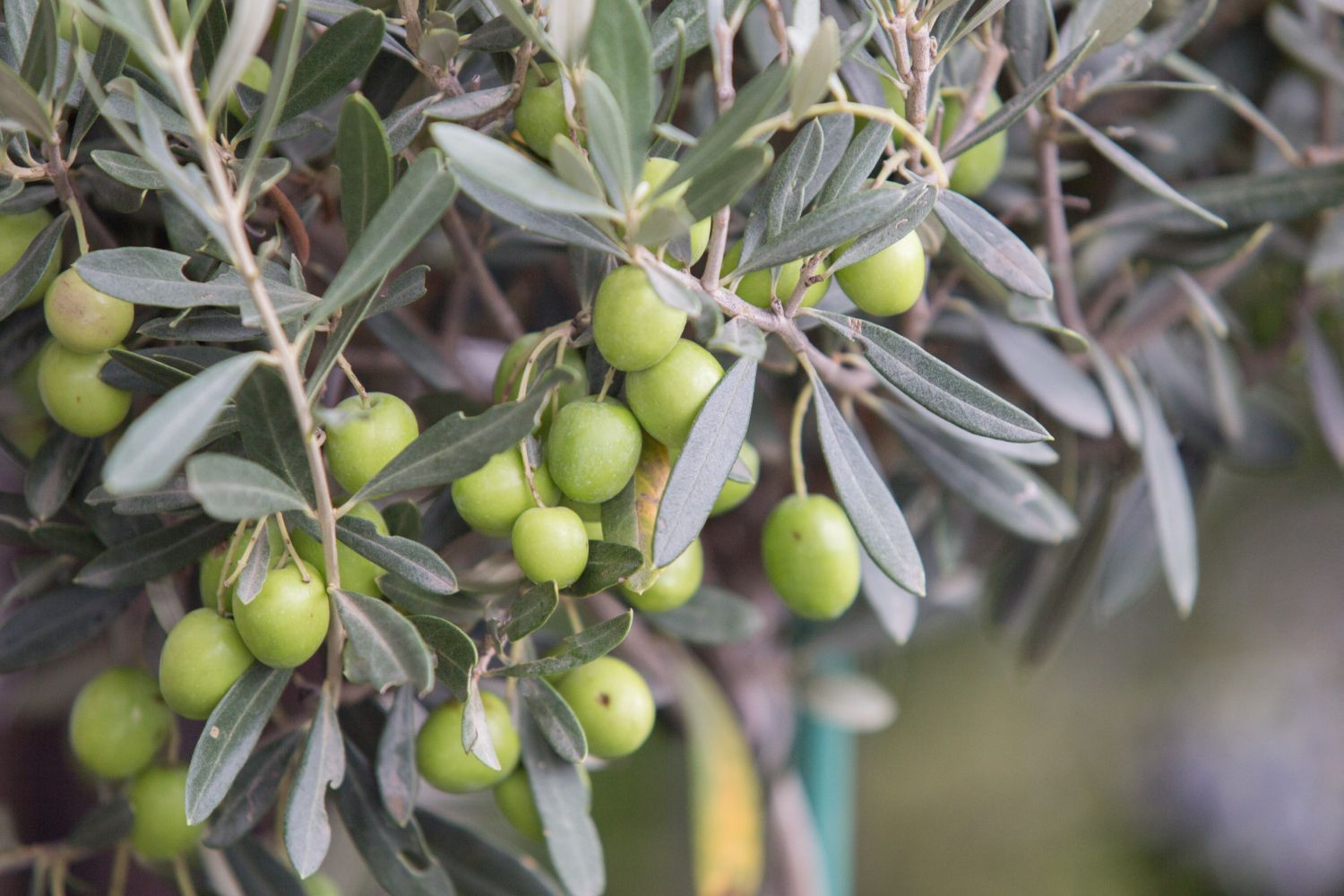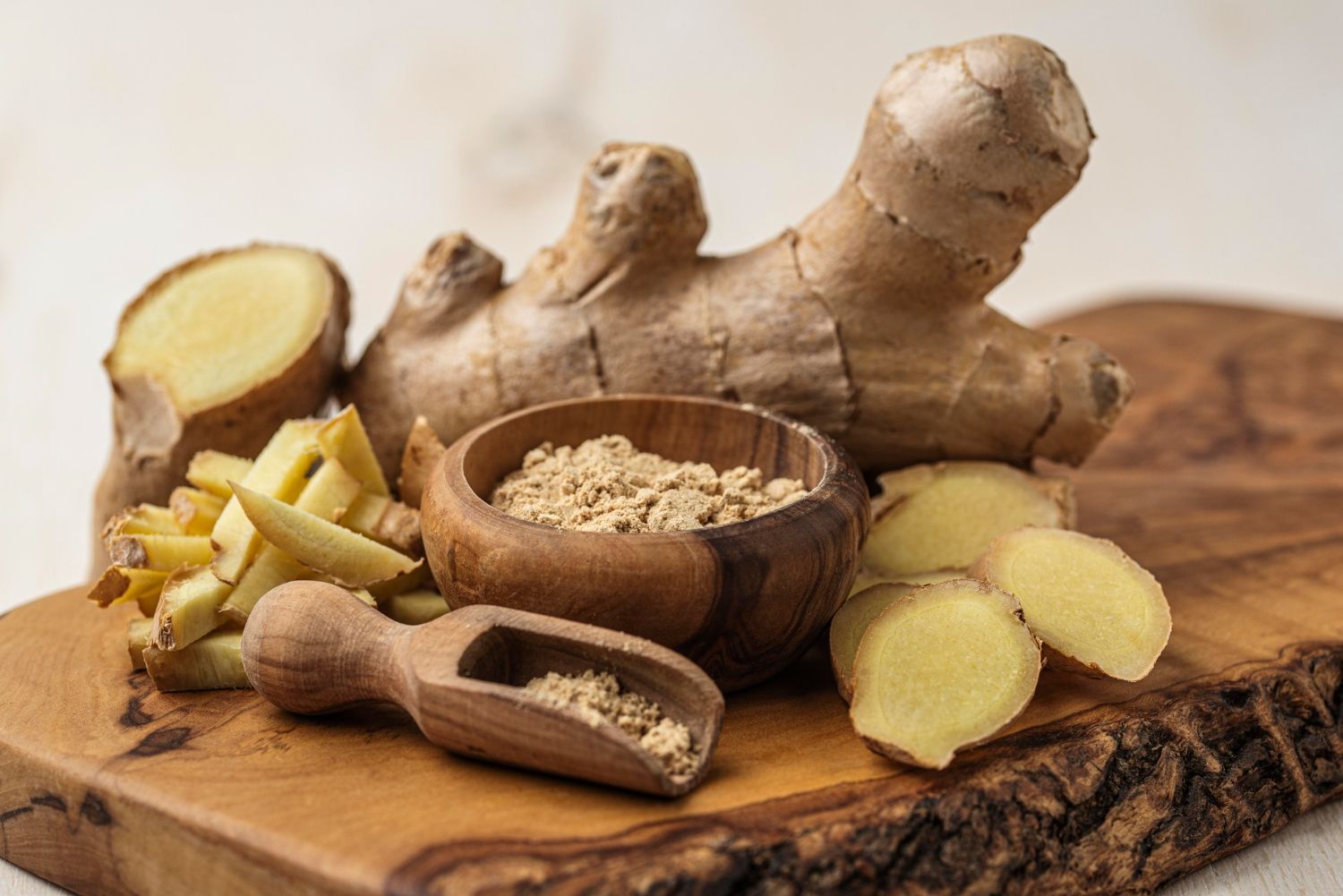Growing Vanilla Planifolia plants is a rewarding journey for any gardener or farmer. With their glossy leaves and delightful potential to produce flavorful vanilla, these plants can be a cherished addition to any garden in Florida. The journey from planting to harvesting requires careful attention to several key aspects. By tending to their specific needs, anyone can enjoy the sweet rewards of a thriving Vanilla Planifolia plant.
To nurture your vanilla plant successfully, it's important to focus on vital areas like understanding its characteristics, preparing the soil, and maintaining watering routines. These steps are not just tasks on a gardening list but an ongoing relationship with your plant. As we delve into these points, you'll find that each stage has its charm and significance, guiding your vanilla to reach its full potential.
Understanding the Basics of Vanilla Planifolia Plant
Vanilla Planifolia is not just any plant; it's the one behind the familiar vanilla flavor we all love. This plant is known for its climbing nature and vibrant green leaves. Typically, it flourishes in warm climates, making Florida an ideal place for it to grow. Providing the right environment for your vanilla plant means offering warmth, humidity, and sufficient light.
The best conditions for Vanilla Planifolia include temperatures ranging from 70 to 85 degrees Fahrenheit. If the temperature consistently drops below this, the plant might struggle to produce those cherished vanilla beans. Humidity is also a friend to vanilla plants, often needing levels of 70% or more to thrive without issues like leaf drops. As for sunlight, it's best if the plant enjoys bright but indirect light, keeping it happy without scorching the tender leaves.
In Florida, where the climate often matches these requirements, finding a cozy corner for your plant is easier. An example would be planting it under a tree that provides filtered sunlight or near a wall that can offer some protection while your plant enjoys its warmth and light. Understanding these basic needs lays the groundwork for everything else to come, ensuring your Vanilla Planifolia grows healthy and strong.
Soil Preparation and Planting
To kickstart the growth of your Vanilla Planifolia, you'll want to pay attention to soil preparation and planting. This step sets the stage for your plant’s journey, as a well-prepared bed makes all the difference. Start by choosing a soil type that's well-drained yet rich in organic matter. A mix of loamy soil with compost can work wonders, providing essential nutrients without waterlogging—a problem that vanilla plants despise.
Once you've picked out the perfect soil, the next move is preparing your planting site. Here’s how to do it effectively:
1. Prepare the Soil: Loosen the soil where you intend to plant using a garden fork or tiller. Aim for a depth of at least 12 inches to encourage root expansion.
2. Amend the Soil: Mix in compost or well-decomposed manure to boost organic content. This not only improves nutrient availability but also enhances soil texture.
3. Support Structures: Install a trellis or stake nearby. Vanilla plants are natural climbers, and a support structure helps them grow vertically, maximizing exposure to sunlight and air.
Finally, when it comes to planting your Vanilla Planifolia, dig a hole that accommodates the root ball comfortably. Gently place the plant in, backfill with soil, and lightly press down to remove air pockets. Water the newly planted vanilla thoroughly, ensuring that it settles well into its new home. With a solid start like this, the plant can begin its upward climb toward maturity and bean production.
Proper Irrigation and Watering Techniques
Watering your Vanilla Planifolia plant is a key part of its care routine. Keeping the watering consistent helps the plant stay healthy and productive. A good rule of thumb is to keep the soil slightly moist but not soggy. Overwatering can lead to root problems, while underwatering might stunt the plant's growth.
To maintain proper irrigation, consider these tips:
1. Water Quality: Use clean, fresh water. If using tap water, let it sit for a day to allow chlorine to dissipate.
2. Frequency: Check the soil regularly. Water when the top inch feels dry.
3. Drip Systems: A drip irrigation system can help provide a steady water supply, which vanilla plants appreciate.
Making sure your Vanilla Planifolia gets the right amount of water involves finding a balance. Monitoring the plant and the soil’s dryness will help you adjust your routine as needed, ensuring your plant stays vibrant and strong.
Fertilization and Nutrient Management
Proper nutrition fuels your Vanilla Planifolia’s growth and health. Understanding what nutrients your plant needs and how to provide them can make all the difference. Vanilla plants benefit from a balanced diet of nitrogen, phosphorus, and potassium. Adding a slow-release fertilizer can help maintain this balance over time.
Here’s a simple way to manage fertilization:
1. Type: Use a balanced fertilizer or one specifically for orchids, as vanilla belongs to the orchid family.
2. Application: Apply fertilizer every two weeks during the growing season. Reduce frequency during cooler months.
3. Organic Options: Consider compost tea or fish emulsion for a natural boost.
Providing a steady nutrient supply leads to robust plants, ready to produce those prized vanilla beans. Watch your plants' responses, as this will guide your adjustments to ensure optimal fertilization.
Pest and Disease Management
Keeping pests and diseases at bay is part of nurturing your Vanilla Planifolia plant. Common issues include mites, aphids, and fungal infections. Regularly inspect your plants for signs of trouble, such as yellowing leaves or unusual spots.
To manage pests and diseases effectively:
1. Identify Early: Early detection helps manage issues before they escalate.
2. Natural Predators: Encourage beneficial insects, like ladybugs, which can help control harmful bugs.
3. Eco-Friendly Treatments: Consider neem oil or diluted dish soap as gentle solutions.
Integrated pest management combines these approaches to maintain plant health. With vigilance and timely intervention, you can keep your vanilla plants thriving.
Caring for Vanilla Planifolia Throughout the Year
Adapting care routines to suit the seasonal changes in Florida enhances your Vanilla Planifolia's health. During warmer months, ensure your plant is adequately shaded from intense sun, but come winter, protect it from colder temperatures.
Here are some annual care tips:
1. Spring: Increase watering and feeding after dormancy.
2. Summer: Provide shade and increase humidity.
3. Fall: Gradually reduce watering as growth slows.
4. Winter: Protect from cold; consider bringing the plant indoors if temperatures drop.
Understanding seasonal needs ensures your plant receives the right care all year long, setting the stage for successful growth and bean production.
Ensuring a Healthy Harvest
A healthy harvest is a rewarding endpoint for every gardener. Knowing when and how to harvest vanilla beans ensures the best flavor and quality. When the beans are bright green with yellow tips, they are ready for harvest.
To ensure a successful harvest:
1. Harvest Timing: Pick the beans when slightly yellow at the ends.
2. Curing: Allow the beans to dry slowly, developing their signature aroma.
3. Storage: Store dried beans in a cool, dark place, ensuring they maintain flavor.
Patience is key in curing vanilla beans, as this process brings out that distinctive flavor. With care and attention, your plants will reward you with a robust, flavorful harvest year after year.
Nurturing a Vanilla Planifolia plant in your garden can be truly fulfilling, offering both beauty and the promise of delicious homemade vanilla. Whether you're just getting started or looking to expand your vanilla collection, consider exploring the options for a virus-tested, Florida-grown vanilla planifolia plant for sale. Sunshine State Vanilla ensures these plants are ready to thrive in your care. Dive into the world of vanilla cultivation today.


